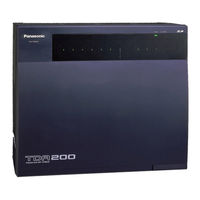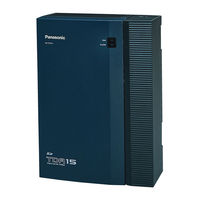Panasonic KX-TDA15 Manuals
Manuals and User Guides for Panasonic KX-TDA15. We have 12 Panasonic KX-TDA15 manuals available for free PDF download: Features Manual, User Manual, Installation Manual, Pt Programming Manual, Getting Started
Advertisement
Advertisement











